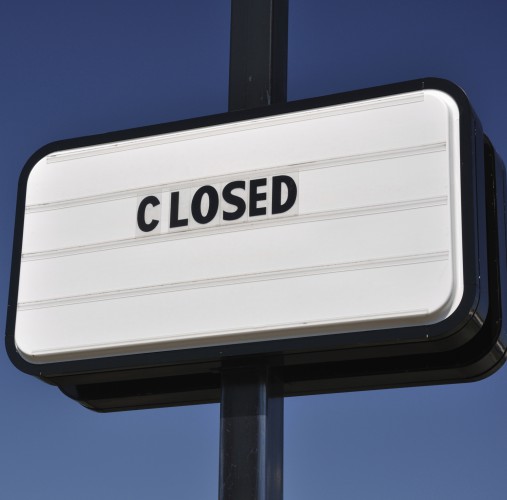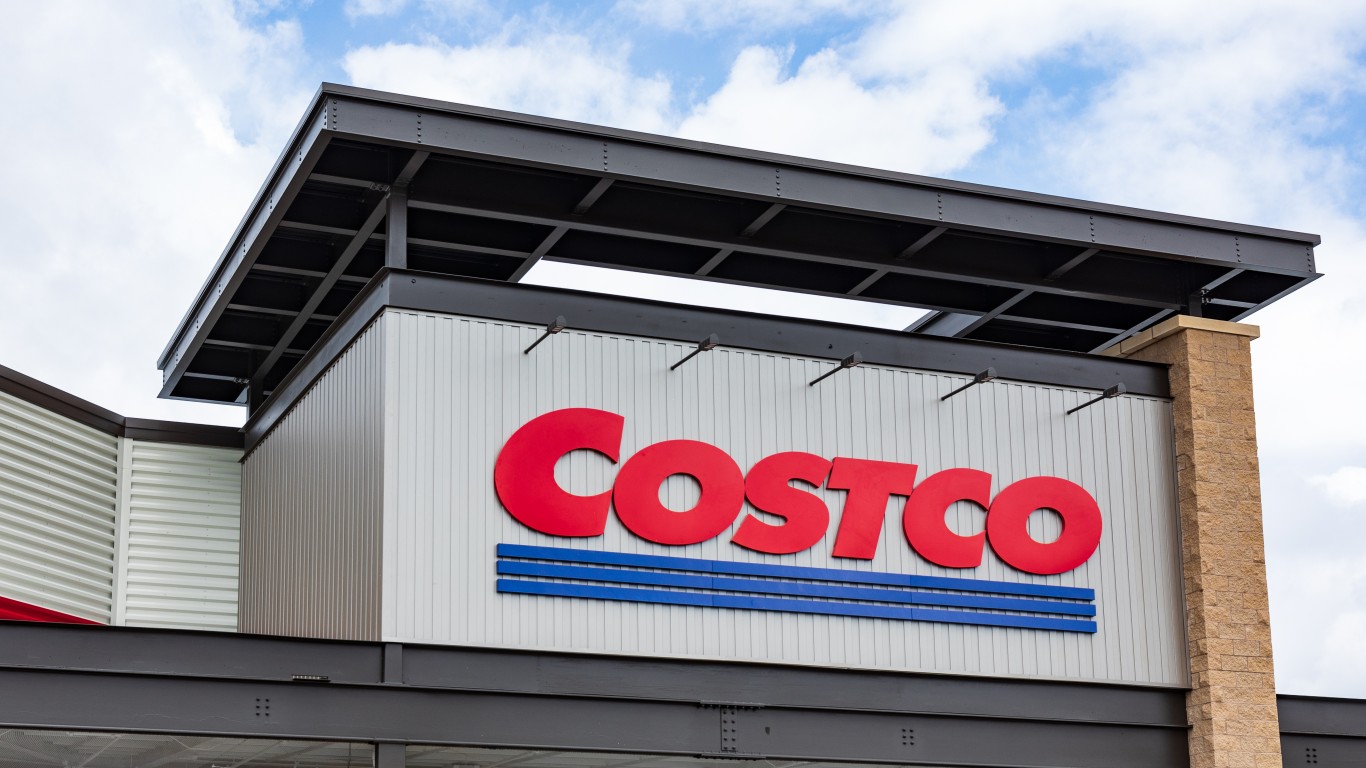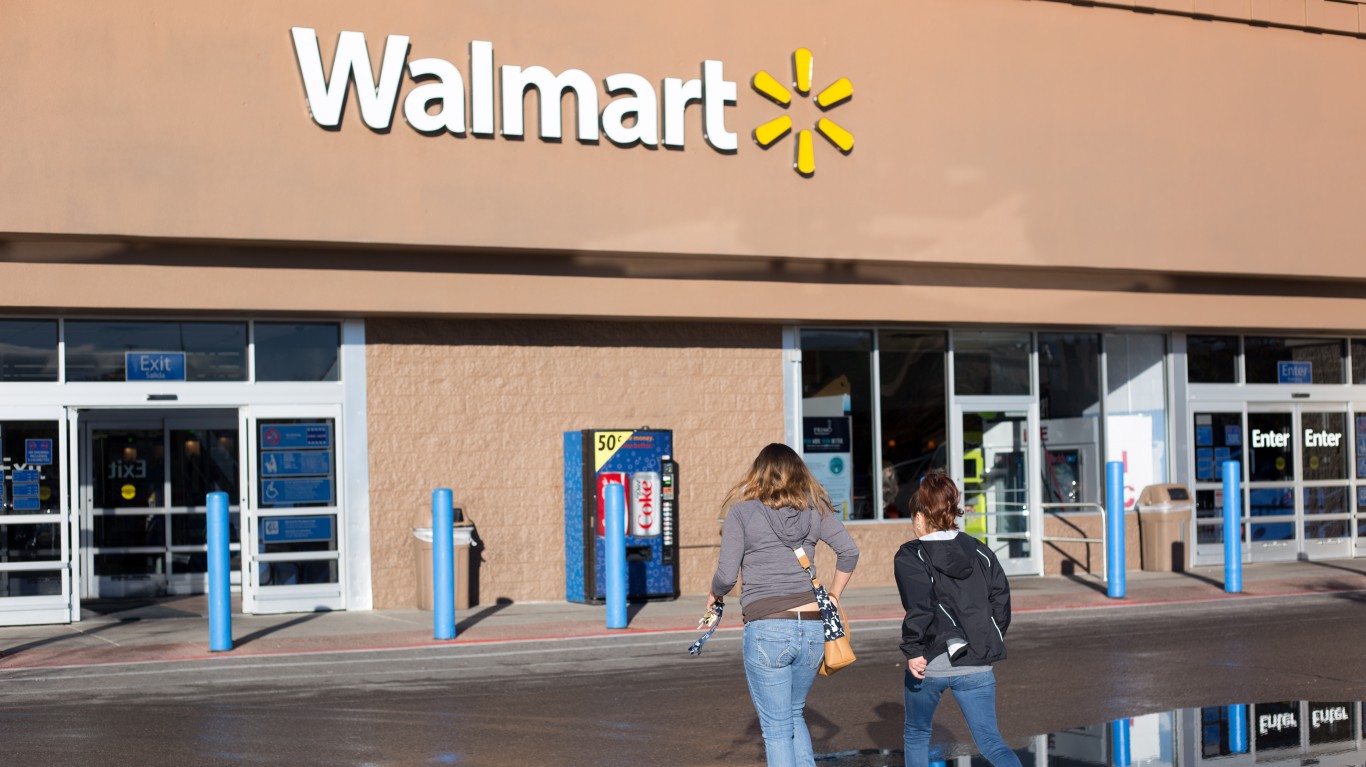
A recent Credit Suisse report forecast that as many as a quarter of American malls will close in the next five years. How can you tell if your favorite mall will close? There are a few signs that make it likely.
First, your mall has as one of its largest tenants a store from J.C. Penney Co. Inc. (NYSE: JPC), Macy’s Inc. (NYSE: M) or Sears Holding Corp. (NASDAQ: SHLD), which includes both Sears and Kmart. In some cases your mall may already have lost one or more of these. Among them these companies have closed hundreds of stores in the past year. Most experts believe that a drop of traffic and sales will mean these retailers will need to close more stores. Because these retailers operate large stores, they tend to be anchor tenants, which some malls cannot afford to be without.
Is your mall a small store graveyard? A number of smaller retailers who were tenants have closed and left behind empty storefronts. A mall owner needs anchor tenants, but it also needs dozens of smaller stores to build a rent base.
If your mall’s parking lot is not filled on weekends, that is another sign. Almost all malls have full parking lots over the holidays. However, during periods other than when shopping tends to be heavy, malls also need foot traffic. A full parking lot means that your mall at least has potential shoppers.
Has Apple Inc. (NASDAQ: AAPL) opened a store in your mall? This is not a hard and fast rule, but Apple is smart enough to open stores only in locations with healthy traffic. The Apple rule does not apply to Apple alone. There are several other hot retailers that only occupy healthy retail locations. These include Dick’s Sporting Goods, T.J. Maxx and Ross Stores.
Whether your mall has more than one wireless carrier store is another sign. Sprint, Verizon, AT&T and T-Mobile have thousands of stores among them. If your mall has two or more of these, some of the smartest retailers in the country believe it is a good location for foot traffic.
And the final measure is subjective. Is your mall run down? Is the owner willing and able to keep it fresh and its infrastructure up to date? If not, why not? That’s not a good sign.
Thank you for reading! Have some feedback for us?
Contact the 24/7 Wall St. editorial team.



